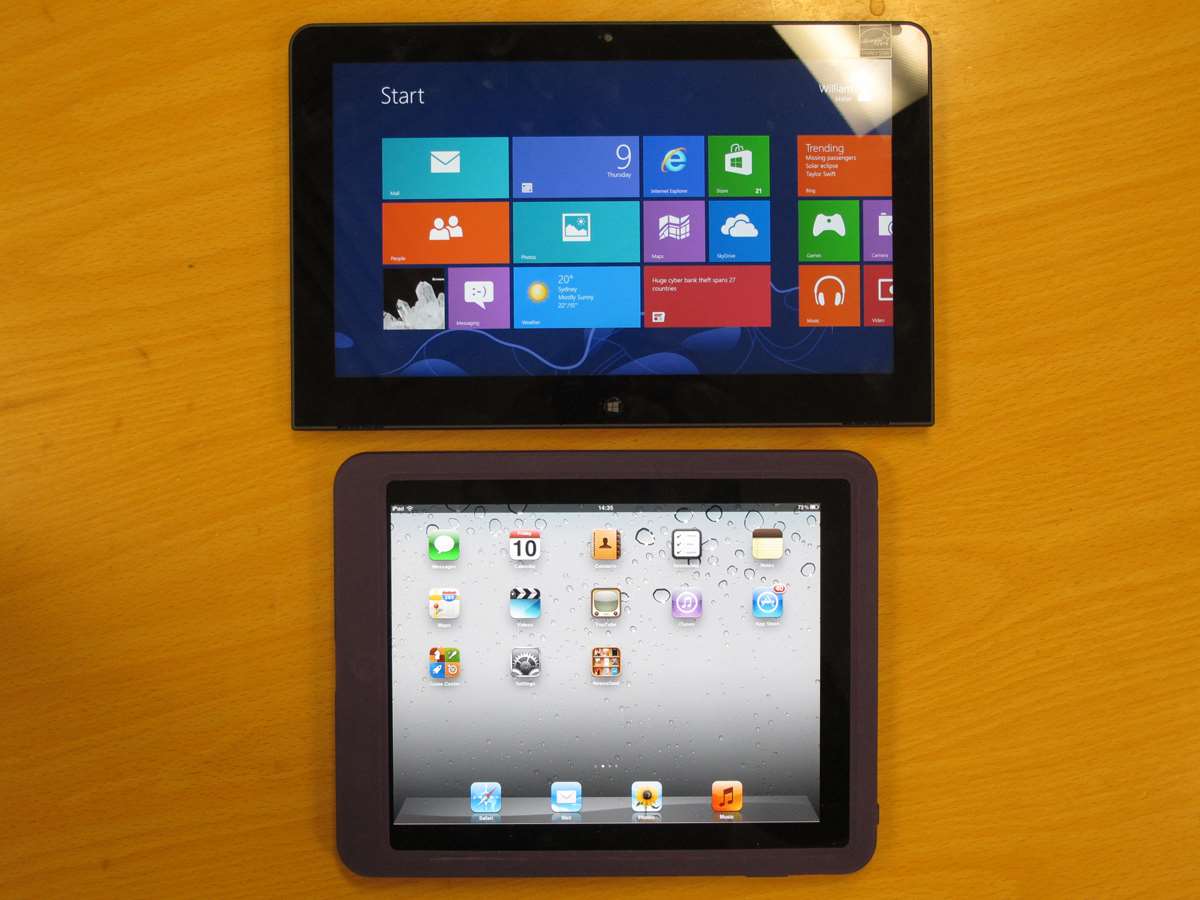
The symbols on the Adaptive Row keys are built into their gray LED lights so there's no possibility of adding your own shortcuts.

There's also a lay flat mode, which is supposed to appear when you open the lid 180 degrees (it didn't work consistently for us), and provides shortcuts to the voice and gesture control apps. Function mode shows normal function keys F1 to F12.

Web conference mode, which displays when you are using Skype or another video calling app, shows microphone and camera controls. Web browsing mode, which appears when you are using Chrome, IE or another browser, shows forward, back and refresh buttons. Home mode, which shows by default, features standard volume and brightness controls along with shortcuts to the task switching menu, the all apps menu, the snipping tool and the voice and gesture controls. The Adaptive Row supports four main modes. Alternatively, you can switch modes manually using a button button to the left. Instead of tactile keys, the Adaptive Row has capacitive touch buttons that light up with different symbols depending on what app you're using. A new Adaptive Function Row sits at the top of the keyboard, replacing the standard function row you'll find on the original X1 Carbon and every other laptop made. The wireless card is soldering on the motherboard.Click to EnlargeOn the new X1 Carbon, Lenovo has made some radical changes to its traditional ThinkPad keyboard, both in terms of layout and functionality. Here’s Lenovo ThinkPad X1 Tablet motherboard. Under the heat sink are CPU and RAM chips. Loosen four screws securing the heat sink. Remove three screws securing the USB board and disconnect the cable from the motherboard. The tablet features a Samsung MZ-NLN2560 256GB M.2 SSD. Remove one screw and take it out of its slot. The SSD is covering with a cooling sticker. You can remove the speaker from the tablet. Remove two screws securing the speaker module and disconnect the speaker cables from the motherboard. Remove two screws securing the camera module. Lenovo part number: SB10J78994, 00HW046.įrom this picture, you can see. Lenovo ThinkPad X1 Tablet comes with a 7.5V 37Wh, 4800mAh Li-ion battery. Lift and remove the battery from the tablet. Remove all screws that securing the motherboard.


Another one is connecting to the I/O board. When the bottom cover was removed, you can get access to the battery, SSD, CMOS battery, speaker, wireless card and motherboard.īefore you touch any hardware, it’s a good idea to disconnect the battery first.ĭisconnect the battery connector from the motherboard.ĭisconnect two cables that covering the battery. Now you can insert a crowbar between the bottom cover and the tablet body to pry up the bottom cover.īe careful. Remove these two screws with a small screwdriver. There are two screws securing the bottom cover to the tablet. Open the stand and you can find a screw cover. Since the tablet has a low-power Core M processor, it also features a fanless design. The ThinkPad X1 Tablet has a 2160 x 1440 pixel display, USB Type-C support, optional 4G LTE-Advanced, up to 16GB of RAM, and up to 1TB of storage. Add the keyboard, and the combined weight comes to about 2.4 pounds, making the ThinkPad X1 a pretty compact alternative to an ultrabook. The Lenovo ThinkPad X1 Tablet features a 12 inch, 2160 x 1440 pixel display, an Intel Core M Skylake processor, a USB Type-C port, and support for an optional keyboard dock and optional digital pen.


 0 kommentar(er)
0 kommentar(er)
